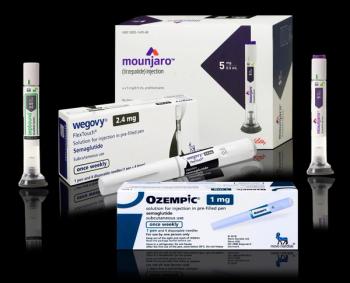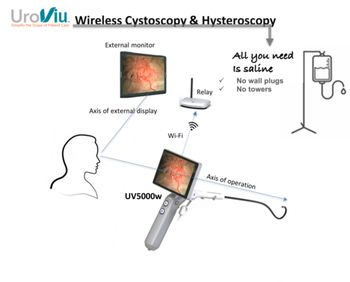
Helping patients catch up on cancer screening
Doctors need to address patients’ worries about costs.
As we move further away from the COVID-19 pandemic, there has been
Even in the best of times patients were not getting
Primary care physicians are an important first line of defense in this struggle. Studies show that physicians are by far the
But there is another factor that doctors should consider when it comes to making recommendations: patient financial concerns.
Financial concerns around preventive care
It might not seem obvious with preventive care, but people still worry about the financial consequences of medical care. After all, preventive care such as an annual mammograms is generally covered at 100% by insurance, with no out-of-pocket cost to patients.
Why then should financial issues come up when we’re only talking about preventive tests? For starters, past experiences color future expectations. We’ve all had a patient who had an abnormal mammogram that required a follow-up ultrasound, and the patient complained that “insurance didn’t cover” the second test. While the first test was preventive, the second was diagnostic.
Diagnostic tests are subject to the same rules as other types of care, so there are usually some associated out-of-pocket costs. After a patient experiences this once, she expects it could happen again—and she no longer thinks of a “100% free” preventive test the same way.
Second,
Finally, patients might struggle with a fear of the unknown. People avoid some kinds of medical care simply because they don’t know what to expect. But equally anxiety-provoking is the fear of the medical bill that comes after a visit to the doctor or a hospital stay.
It’s virtually impossible to know precisely what a service is going to cost in our health care system. This fear of an unexpected bill is a major barrier to getting important early care.
5 Ways to Help Patients Prioritize Early Care
Trying to think through what we should do about our patients’ physical health is challenging, but it becomes even more complex when we layer on financial concerns. Fortunately, there are a few simple steps we can take to incorporate this important factor when helping our patients get care.
- Open a dialogue about finances.
Work a discussion of costs into your normal conversations about screening recommendations. It could be something as simple as “Do you have any concerns about what this test might cost?” If the patient expresses concern, you can reassure them by noting that the screening test is for prevention and should be covered entirely by their insurance. - Drill down into social determinants.
Understanding those social determinants for a given patient is critical in all shared patient decision-making. Asking a few questions about access to transportation, childcare, and work issues can help you understand why a patient might not be getting important screenings or tests. - Offer additional context on costs.
Help patients understand the actual dollar value of the test. While you might not know the exact amount a test will cost, you can at least provide some general approximations for the patient to think about. If you know a patient will need a follow-up breast ultrasound, it’s helpful to say something like, “These things run no more than a couple hundred dollars.” - Share financial assistance information.
Having a bit of information about financial assistance programs at your affiliated hospital can help reassure patients. Something as simple as knowing that your hospital’s billing office offers payment plans for higher balances or discounts for bills paid in full upfront can make a world of difference. Your office manager might be able to create an informational brochure that describes these programs and how patients can access them. - Reach out to patients who have gone dark.
The pandemic caused plenty of patients to abandon their normal health care routines. One study suggests that41% of people went without care during the pandemic, and many more fell into a harmful cycle of delaying early care because they had no immediate concerns. For all those patients who have not returned for their regular checkups, we must find ways to remind them of the importance of early care without shaming them for abandoning their routines.
We owe it to our patients to help them access and understand screening tests — and encourage them to get those tests so small issues don’t become big problems. The next time you recommend screening tests to patients, take a few moments to talk about the financial side of care. Your patients will appreciate that extra bit of consideration, and they’ll be more likely to make preventive care a priority.
Newsletter
Stay informed and empowered with Medical Economics enewsletter, delivering expert insights, financial strategies, practice management tips and technology trends — tailored for today’s physicians.



















